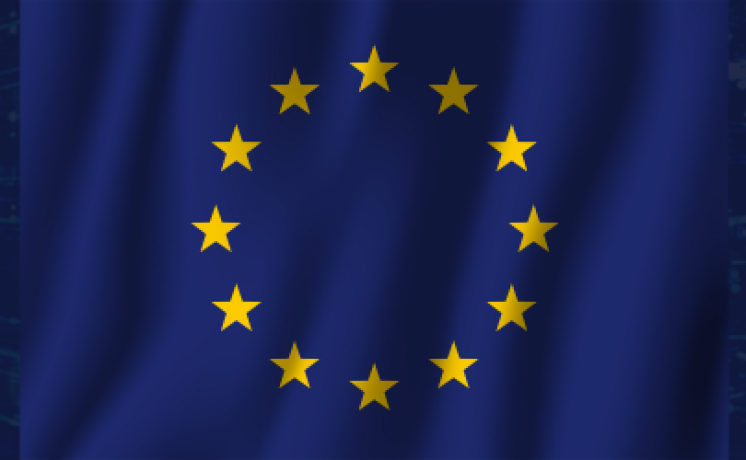The melding of regulatory, commercial, and patient-safety information needs
To promote global harmonization, the International Medical Device Regulators Forum (IMDRF) set out basic UDI requirements, including recommended “shared” data elements, in their guidance document “Unique Device Identification (UDI) of Medical Devices.” However, as regulators, purchasers, and other global stakeholders begin to develop and implement country or regulator-specific UDI or UDI-like systems, they are not only trying to address device identification, they also want to support the resolution of particular national or local concerns (e.g., counterfeits, traceability, cost-control/reimbursement).
Navigating Complex Challenges for Device Manufacturers
These new regulatory, commercial, and patient-safety use cases create novel and complex challenges for device manufacturers, who now must establish and maintain robust global systems and processes that allow them to develop, maintain, and submit the ever-growing (and ever-changing) information to these various systems and stakeholders. In ways not seen before, manufacturers must be able to create, maintain, and associate a broad set of global device attribute information, with real-world clinical information to support its indications, continuous receipt and analysis of quality, performance, and safety data, as well as information related to its distribution and costs.
Device manufacturers must work together with other stakeholders to help guide and manage this growing need for information. Understanding what is happening globally – and why – will help prepare manufacturers to develop and support these global initiatives. This will also require manufacturers to upend their traditional siloed approach to data and information where regulatory, quality, clinical, supply chain, marketing, and product owners all created and maintained their data separately. Importantly, in this future, every part of the organization must have access to and use the same information about a device, over the device’s entire lifecycle, across the entire organization, and in any and all external communications about that device.
In order to develop sustainable structures to manage the multitude and magnitude of regulatory, commercial, and patient-safety information needs, manufacturers must develop and implement an over-arching, cross-organization data-centric framework for how they will manage the growing data imperative and interact with healthcare providers, researchers, patients, purchasers, insurers, and regulators to improve device safety and effectiveness, all while reducing risks and associated costs.
Watch these short clips from a recent webinar discussing the global UDI landscape to learn more about harnessing your data for medical device identification.
>>To watch the full-length on-demand webinar, click here.
In this clip, Gary Saner from Reed Tech discusses data quality and data automation for medical device manufacturers.
In this clip, Lionel Tussau from atrify discusses new DI triggers.
USDM is the industry leader in compliance and technology and is creating an innovative, future-proof solution to help you manage these upcoming changes for UDI submissions globally. Stay tuned for more information coming soon. We look forward to continuing to help device manufacturers improve their UDI data management strategies.
Subscribe to our email list to learn more
USDM Life Sciences will help you assess, plan and execute the changes and enhancements necessary to meet UDI regulations. Our team of UDI experts will assess your products, the markets where they are sold and determine an implementation strategy for the changes that need to be made. USDM’s assessment methodology is extensive and includes the labels and packaging, the management of identification changes to each product, the changes to PLM, ERP, EPCIS and packaging systems, changes to printing, vision inspection and warehouse/inventory management systems and interfaces to the GUDID.
About the Author
Jay Crowley is the Vice President of the Unique Device Identification Services and Solutions at USDM Life Sciences. Jay was most recently Senior Advisor for Patient Safety in the Food and Drug Administration’s Center for Devices and Radiological Health. Jay developed the framework and authored key requirements for FDA’s Unique Device Identification system.
At USDM Life Sciences, Jay focuses exclusively on providing business process, technology and compliance solutions for the regulated life science industry. Jay held a variety of positions over his 26 years at FDA, including work with design control regulations to reduce the chance of human errors with medical devices, patient safety and adverse event reporting. Jay also worked in the Office of the Commissioner of FDA, and the Office of Compliance at FDA.




